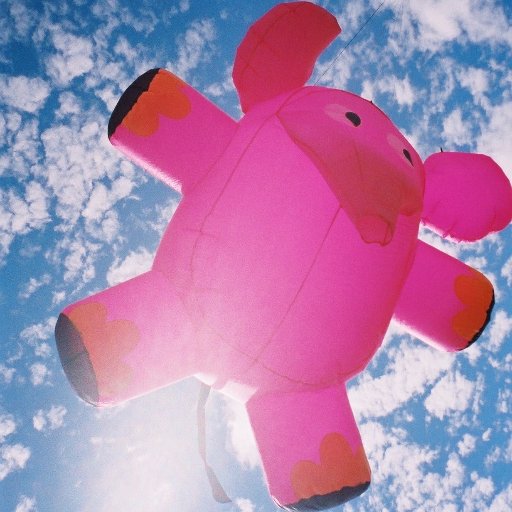Metal to metal, dust to dust
I think I’ve worked out what Los Angeles is for. What it does. It struck me the other day as I was driving to work from Santa Monica to East LA. Forget the motion picture capital stuff. That’s just a front.
On Lincoln, in Santa Monica, I watched a girl test drive a new Vespa outside of the showroom. She putted gently up and down the pavement, then drove the thing back inside. The saleswoman looked on indulgently. It seemed that it might be the beginning of a beautiful friendship.
Then I hooked myself onto the Santa Monica Freeway and headed with all of the other tin beasts towards downtown. On the way a Greyhound passed in the other direction, bound for heaven knows where. Somewhere appropriately far, I hope. It’s all about the journey with those things. They’re pure Americana — the America of road movies and wide empty spaces and chrome glinting dazzlingly in the sun.
Daydreaming, I accidentally found myself in the wrong lane approaching downtown and had to take the 110 north, rather than the 10 east. But that was okay too. I came off near to the Music Centre, then headed east on Cesar Chavez, which turns into Mission once you’re across the concrete river. Mission is a graveyard for cars. There are some low-rent body shops and windscreen places, but mostly in between the silver fast-food taco vans it’s wrecking and scrap yards. It’s where cars come to die.
I parked in the usual lot, which is a large uncovered area beyond all of the hospitals, down by the railway tracks. I tend to park unconveniently far from the gate, because that means I can park right by the fence and watch the trains go by. There aren’t always trains, but usually. They’re mostly the monstrous Union Pacific serpents that chug containers marked with faraway names from state to state. The bells clank away happily and the locomotives puff with determination as the containers slowly slide past, like one of those cheesy trick movies in which a seemingly infinite number of people emerge from a car. There’s just no end to them. There was a mostly-freight track not far from our house when I was a kid, and I used to love to hear the trains at night when I was in bed. As romantic as trains are during the day, at night there’s a magic about them. Auden knew.
So, in all of this movement, you might think that what you’re seeing is people using transport to get from place to place, in order to live their lives. I think that’s quite backward, though. What you’re seeing is people living their lives so that they have to get from place to place. Why would they have to get from place to place? That’s easy: so that they’d need to use some means of transport — a Vespa, an Acura, a Greyhound, a Union Pacific train.
And why would they need to use some means of transport? Well, that’s my revelation. Here’s what Los Angeles is for. Ready? It’s a machine for recycling metal. That’s it. That’s what it does. That Vespa, it’ll soon be scrap, and need to take the journey down the Santa Monica Freeway to Mission — just like me that day — to begin a new life as whatever its Vespa karma allows. That Greyhound? It doesn’t exist so that it can carry people. It carries people so that it can exist. It’s a reason for the movement of metal.
And the Union Pacific train, well, here’s the thing. Remember the story about the man who would take wheelbarrows full of dirt across the border night after night, and the border guards couldn’t fathom what he was smuggling? Turned out he was smuggling wheelbarrows, of course, and it’s the same with the trains. They don’t exist so that they can carry loads in containers. They carry loads so that they need containers, which need to be transported from place to place. And by doing so they transport themselves, from their own factory of birth to their own resting, rusting, recycling place.
As for us, we continue to think that we’re the ones driving the cars, but it’s all about the metal. Around and around it goes.

This blog entry has prose worthy of Chandler — or perhaps Mike Davis.
A lovely, and very very Los Angeles entry. 🙂